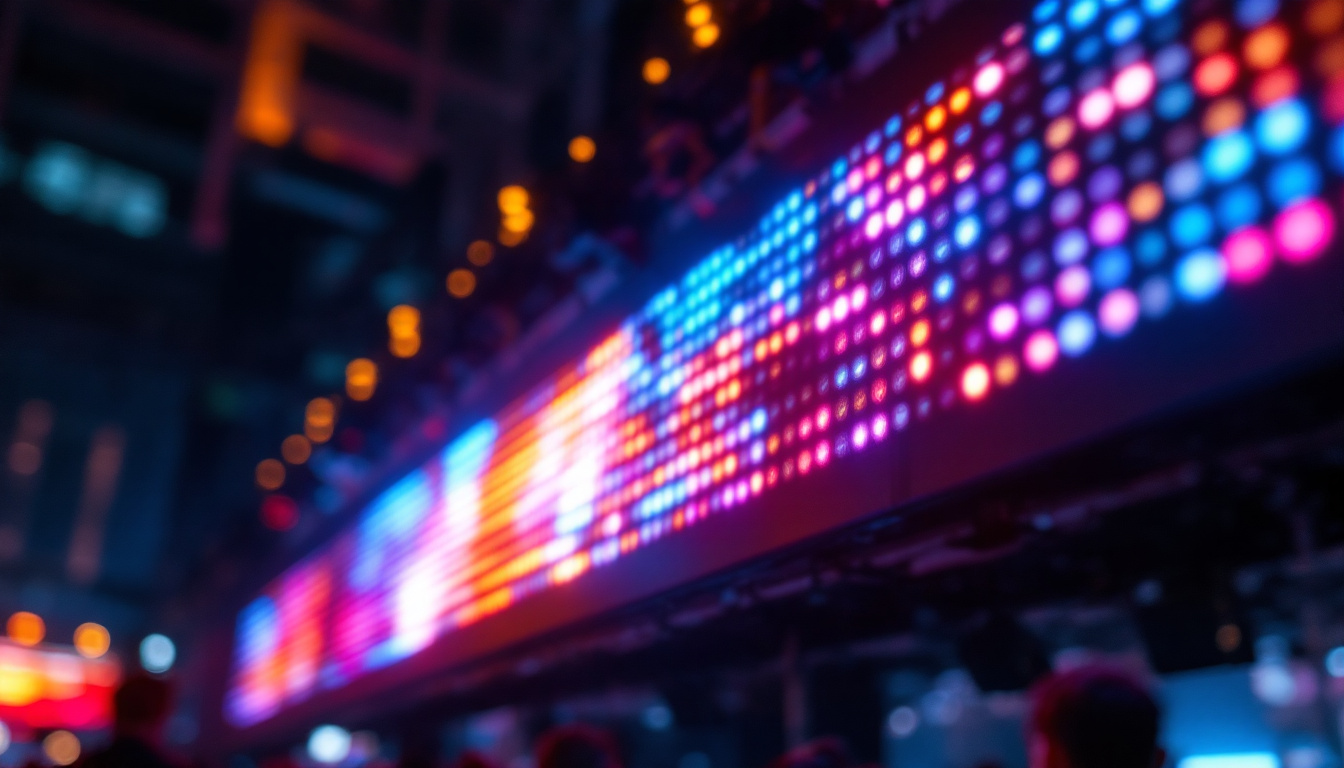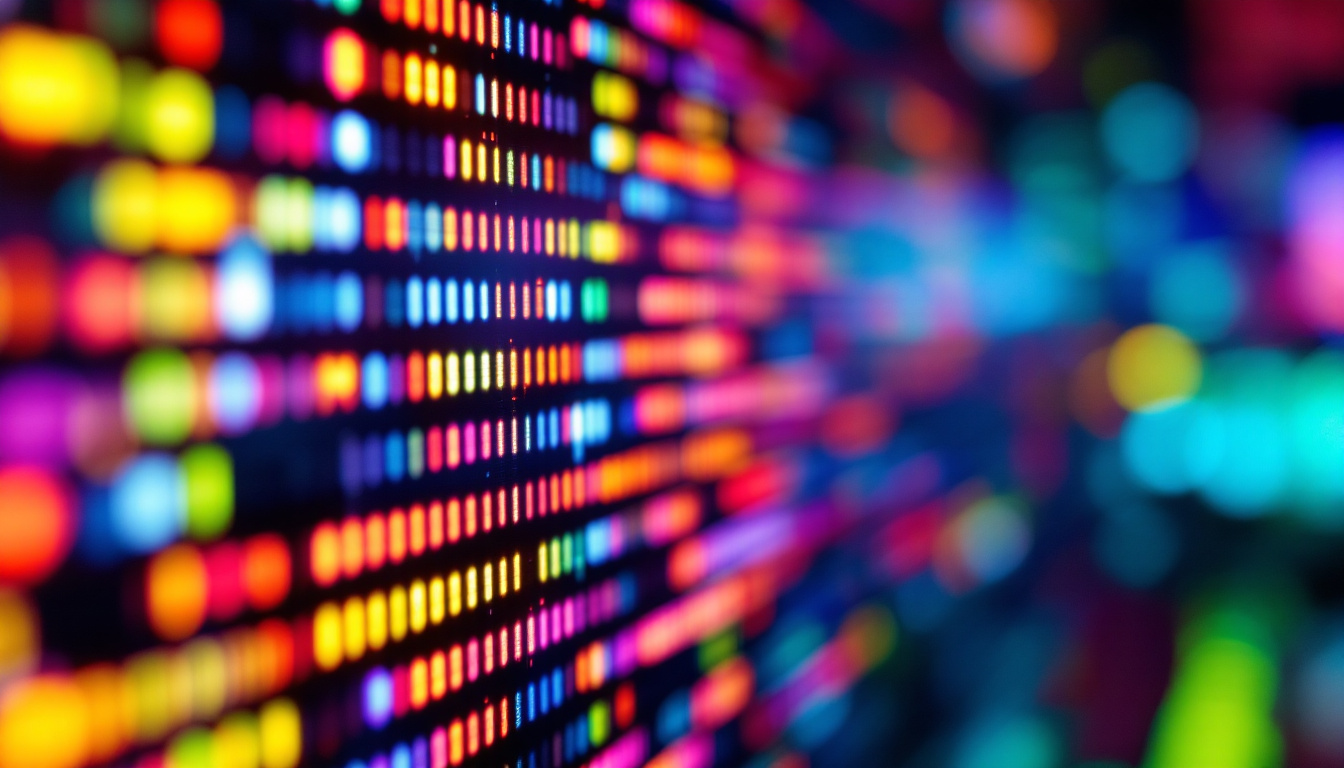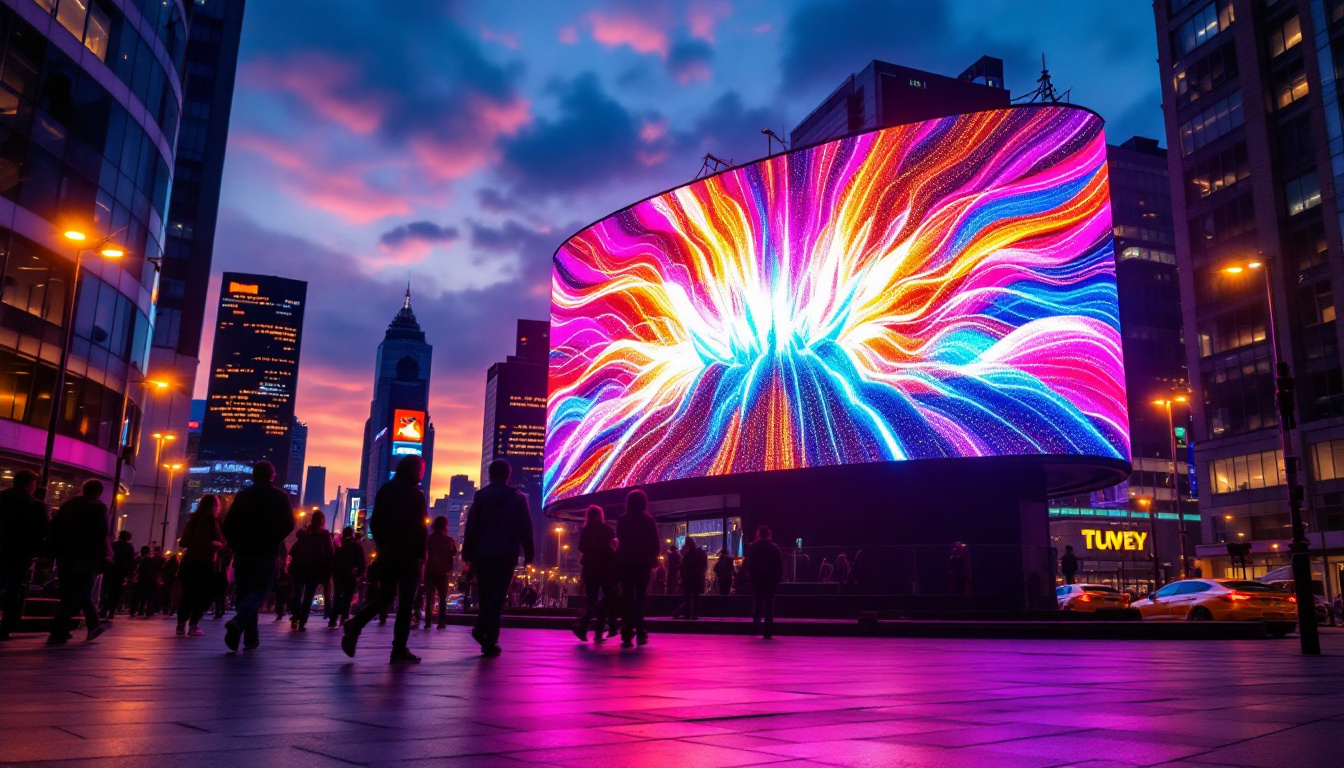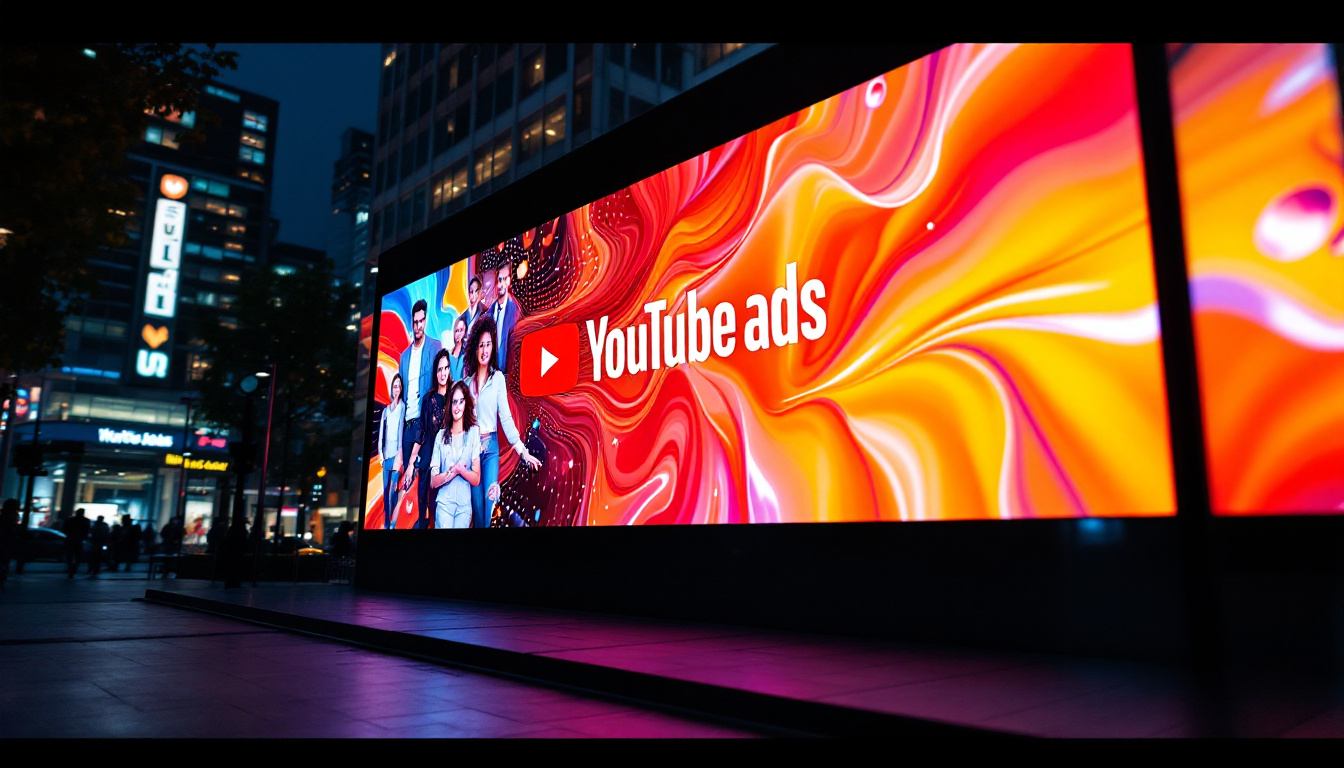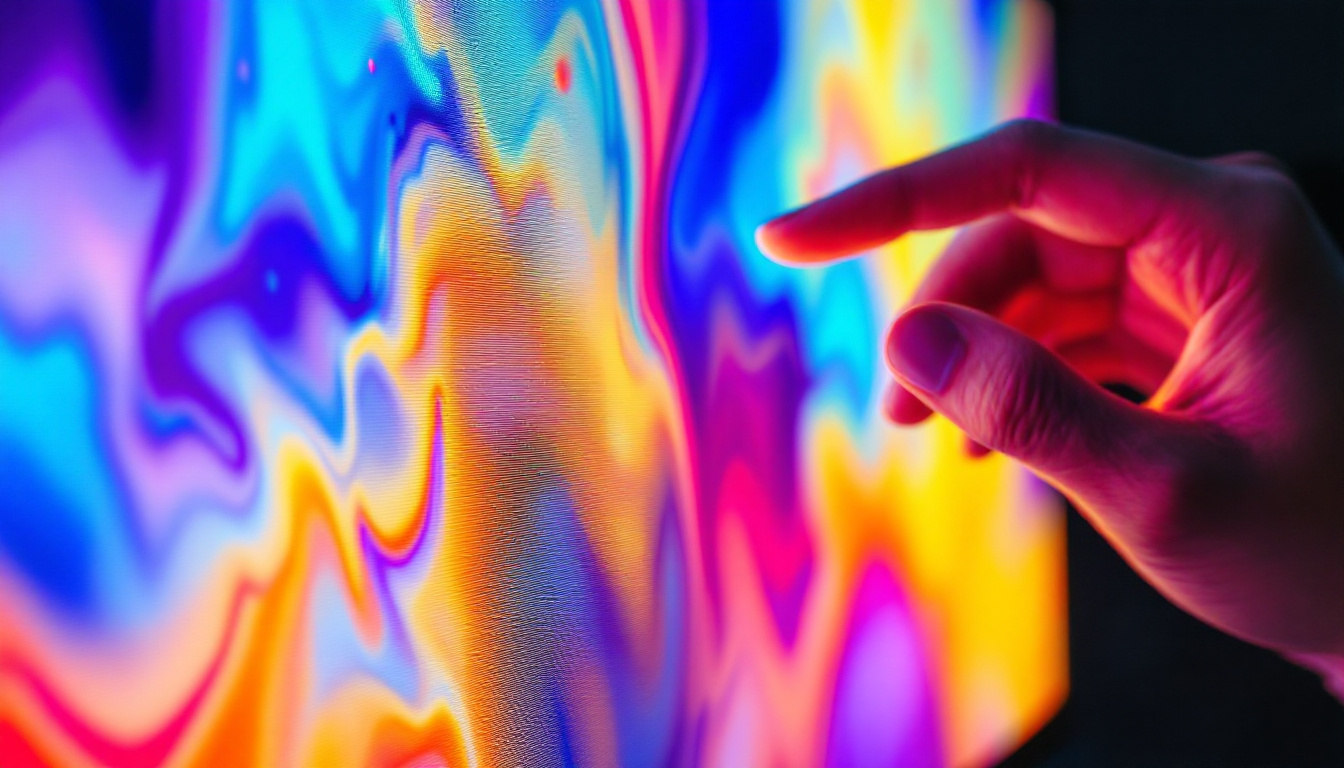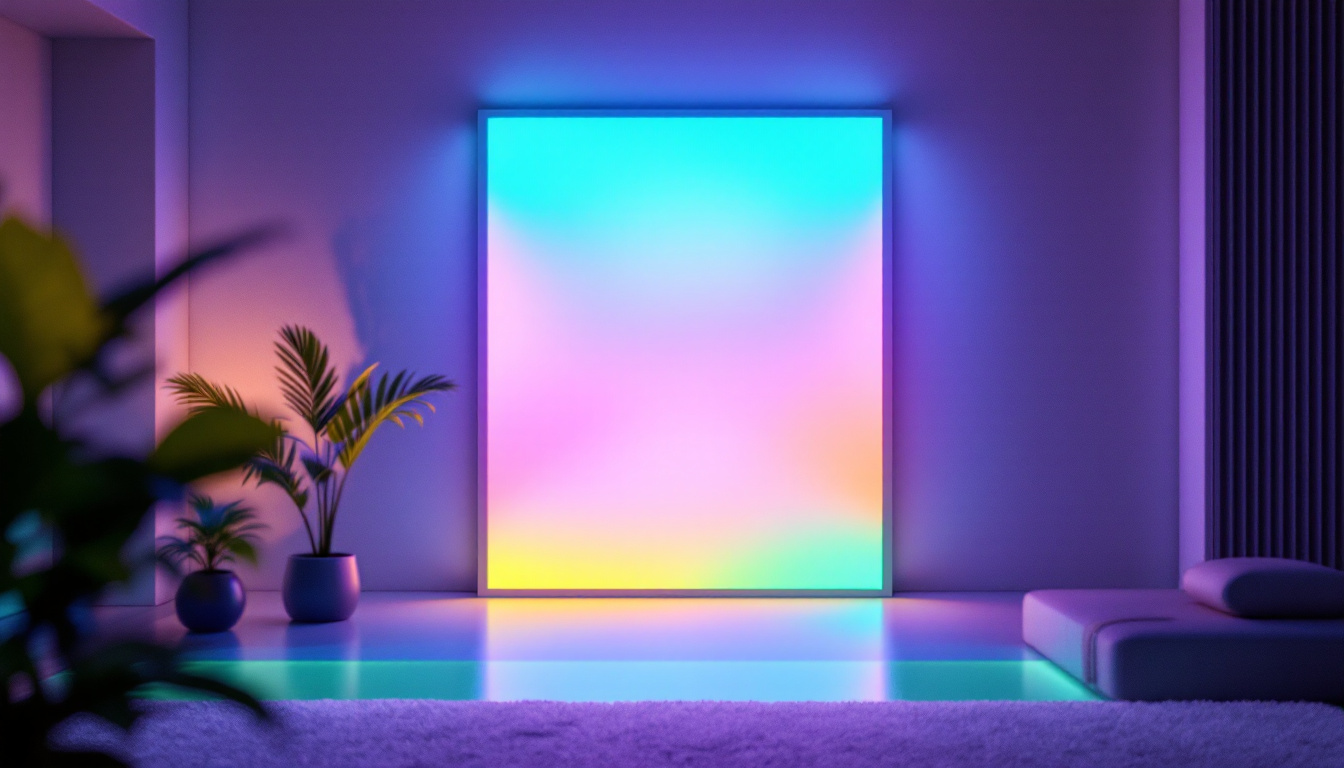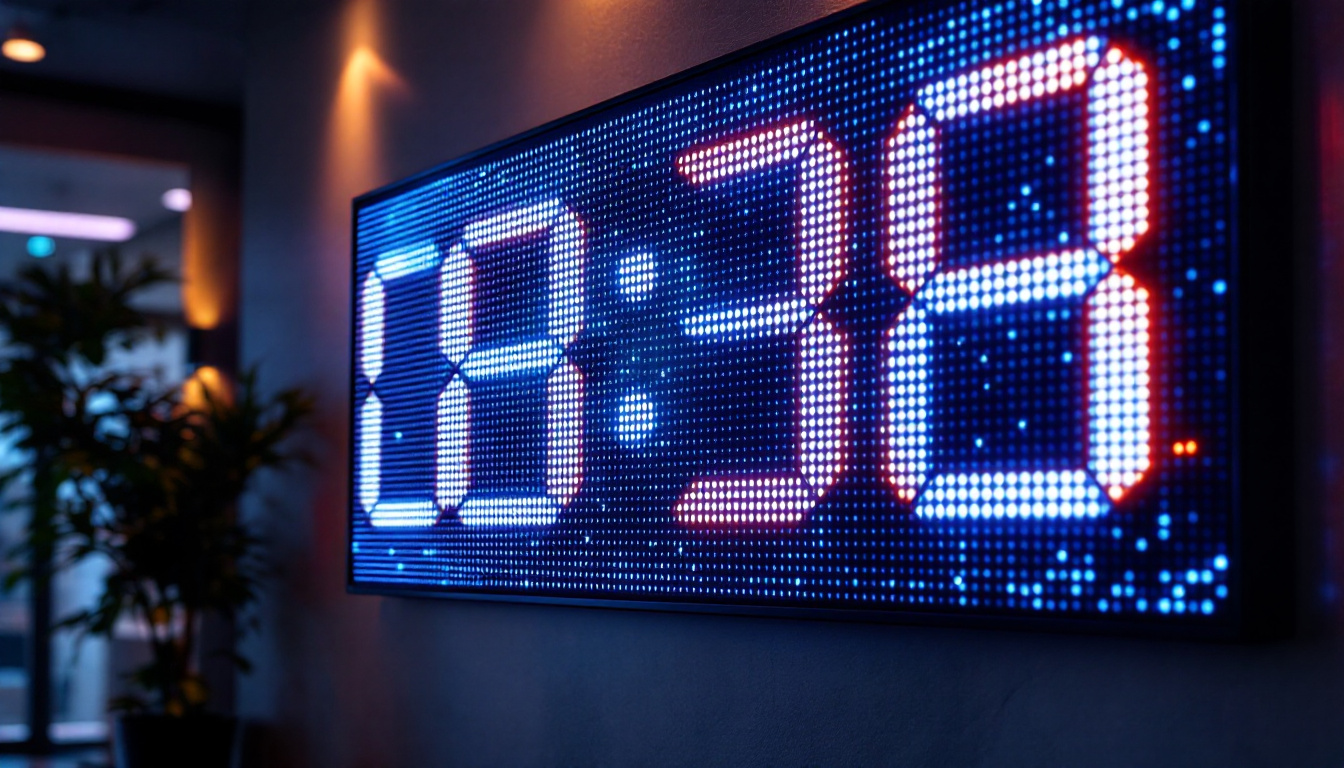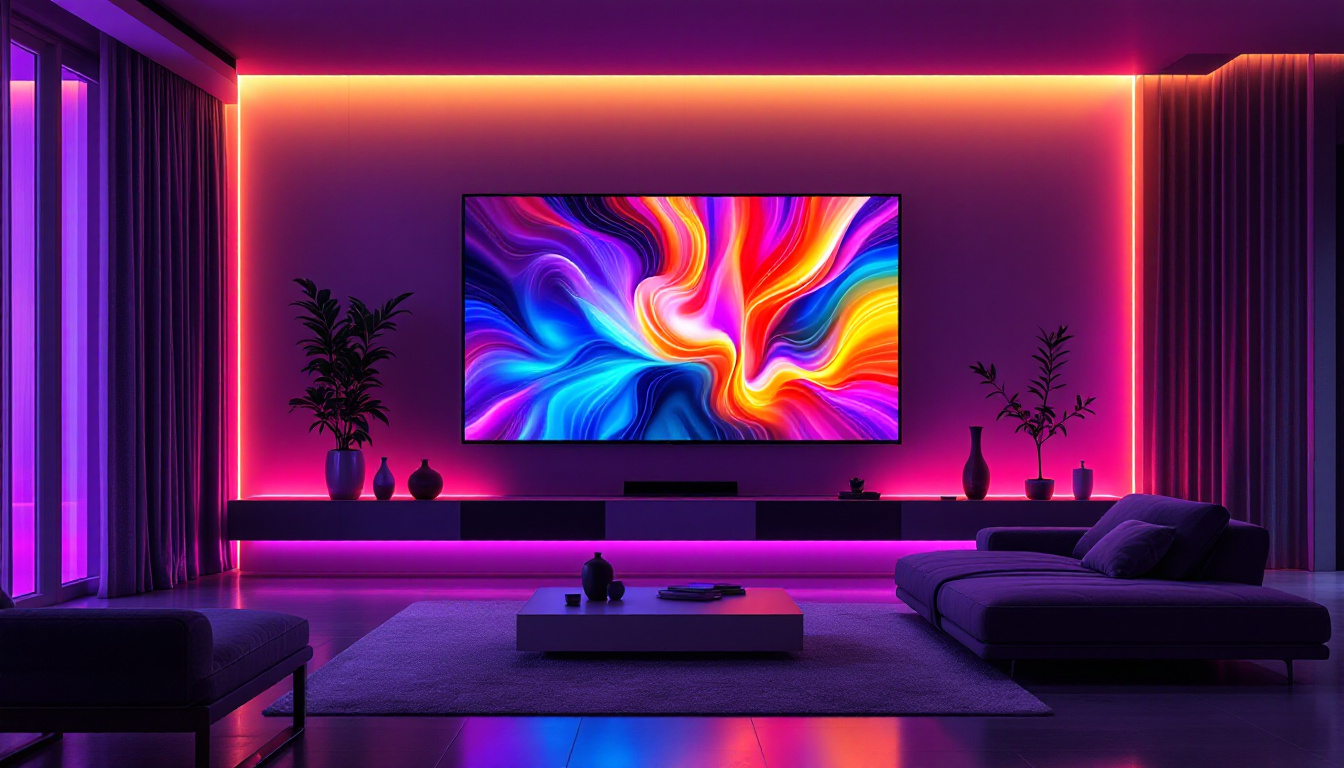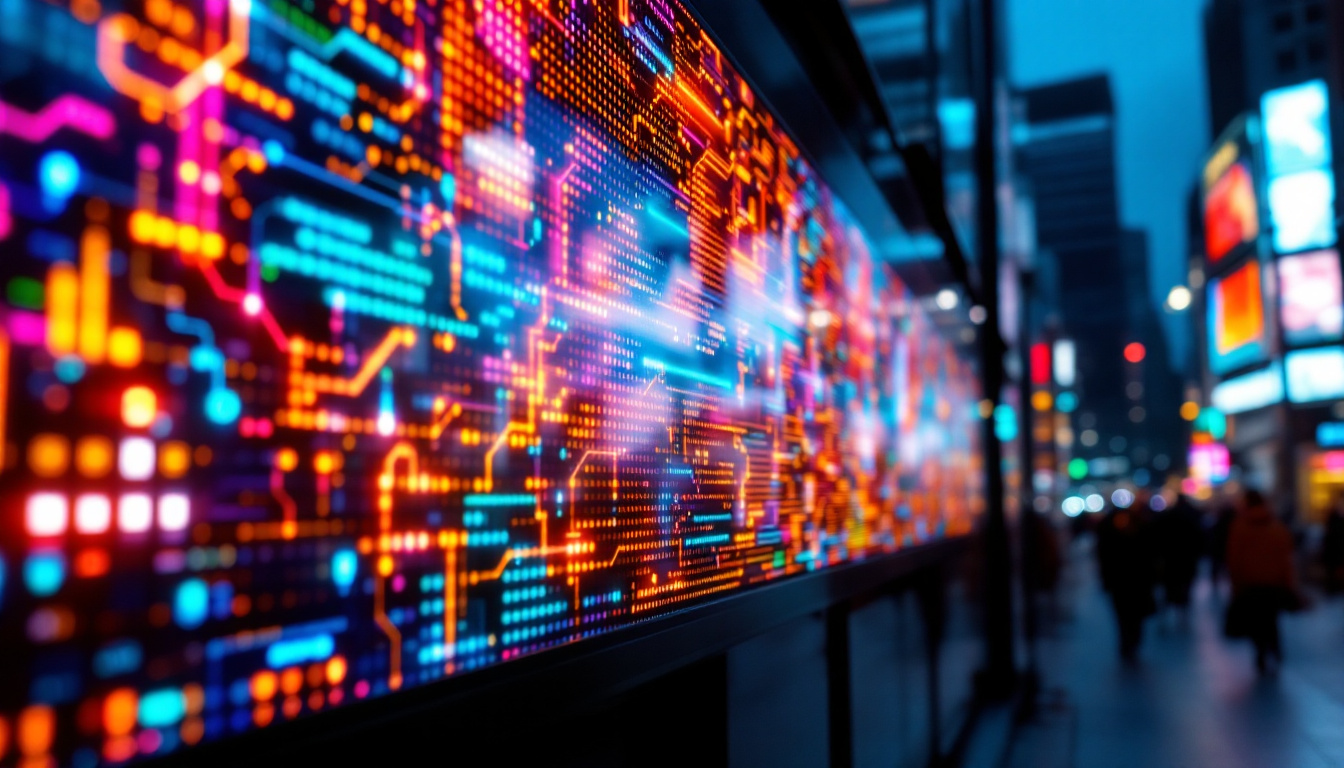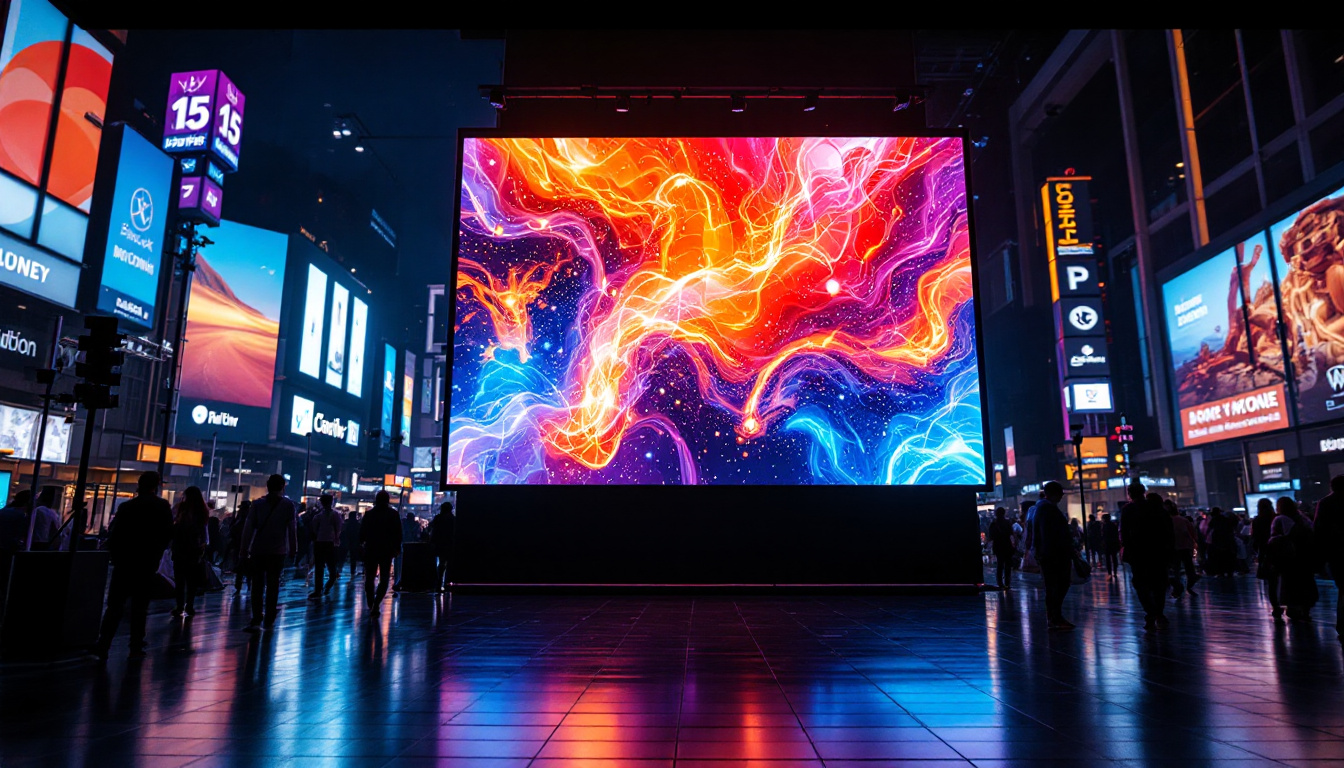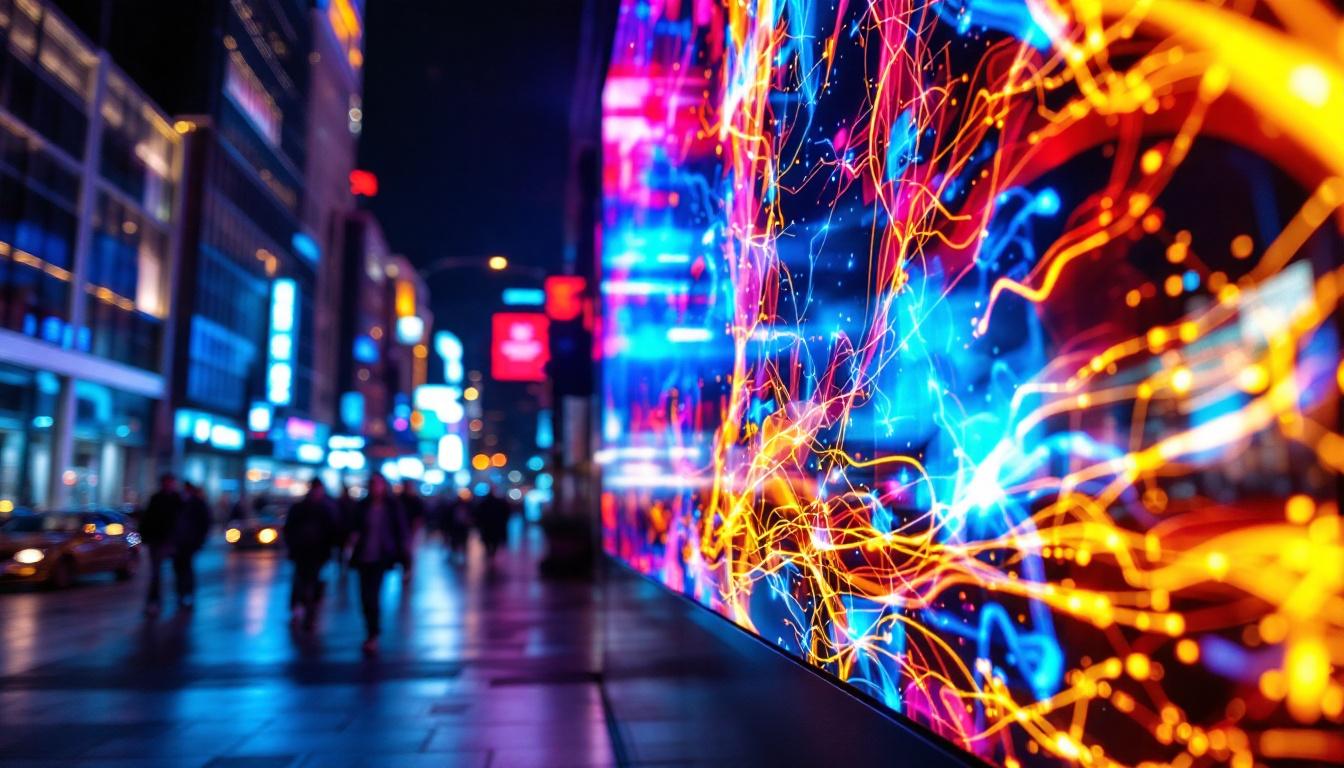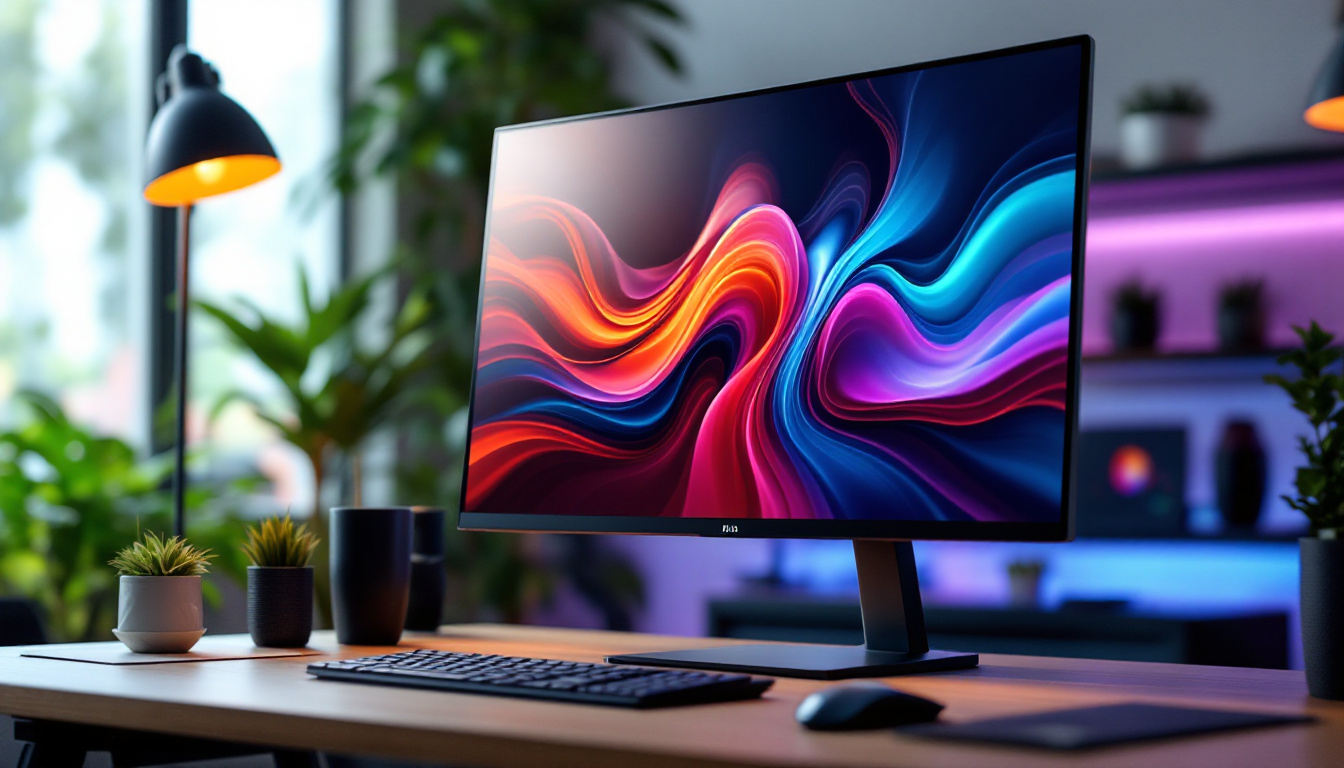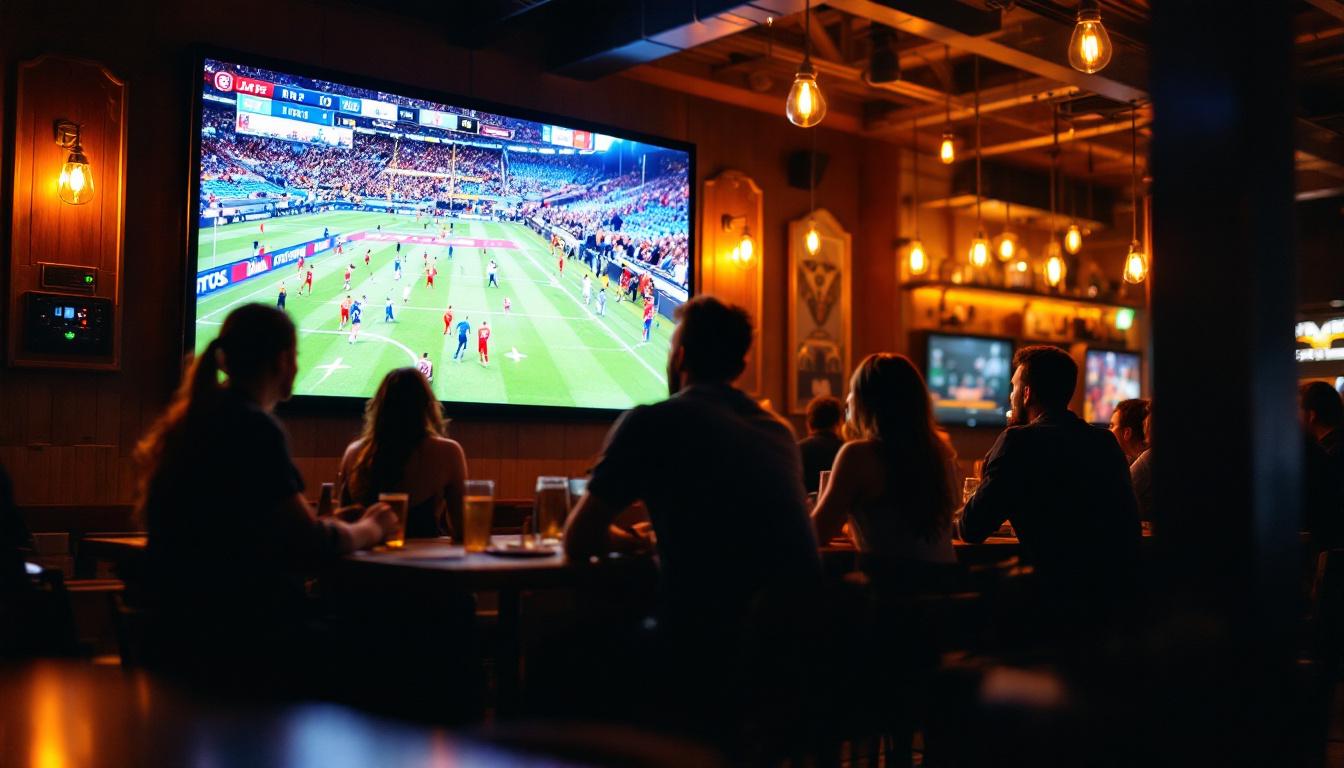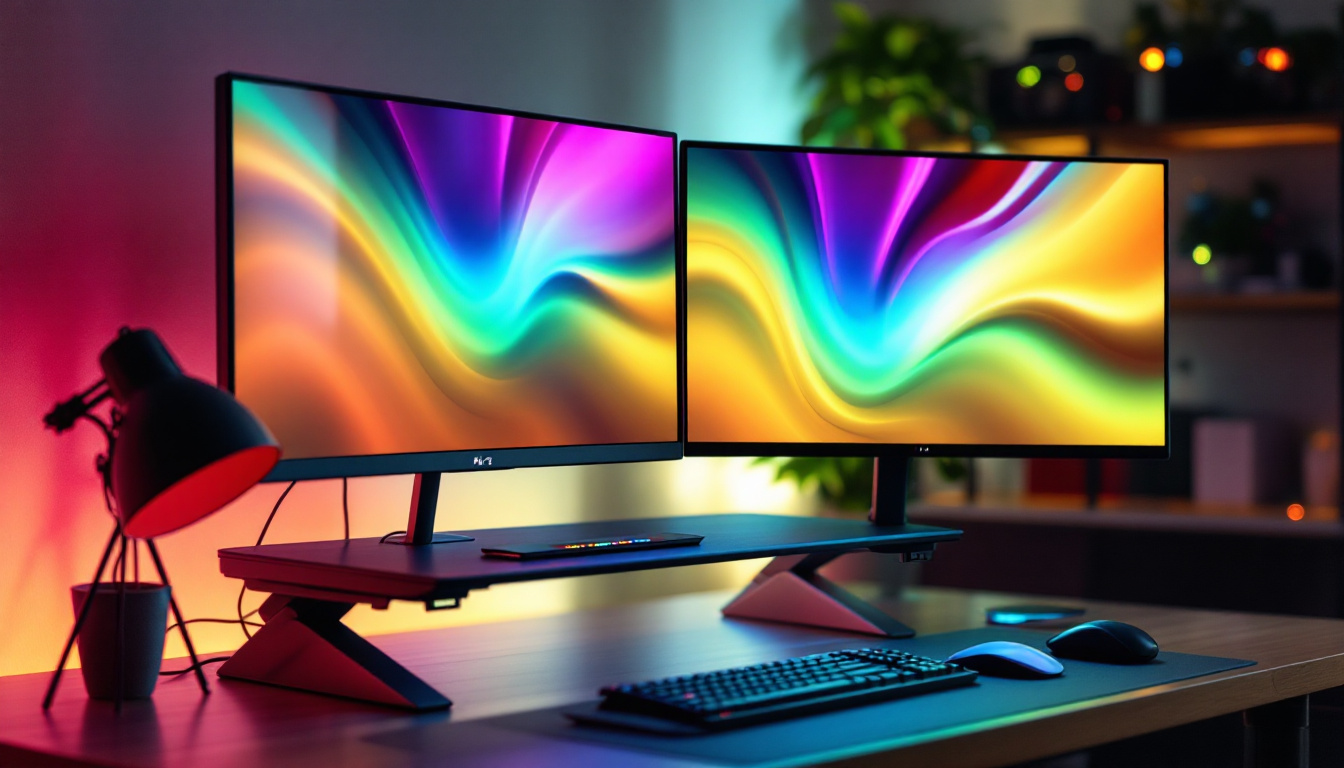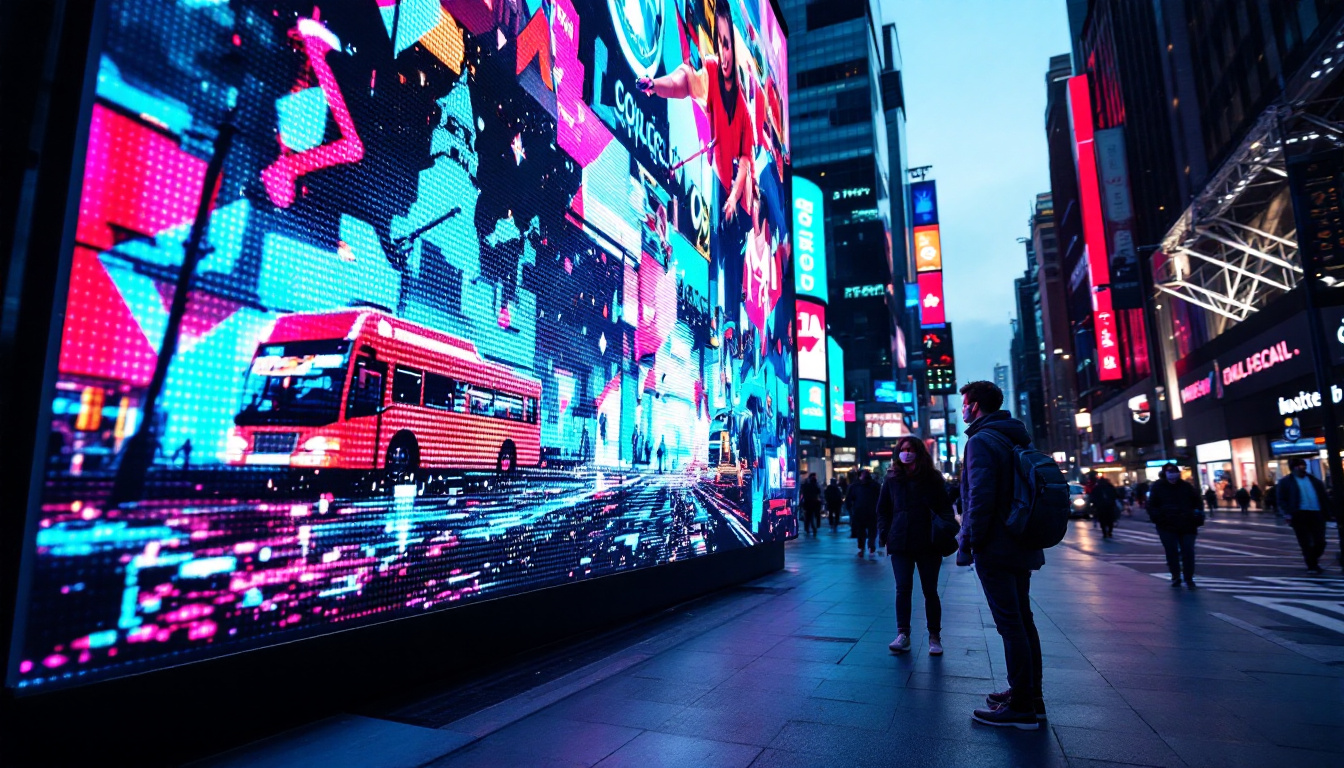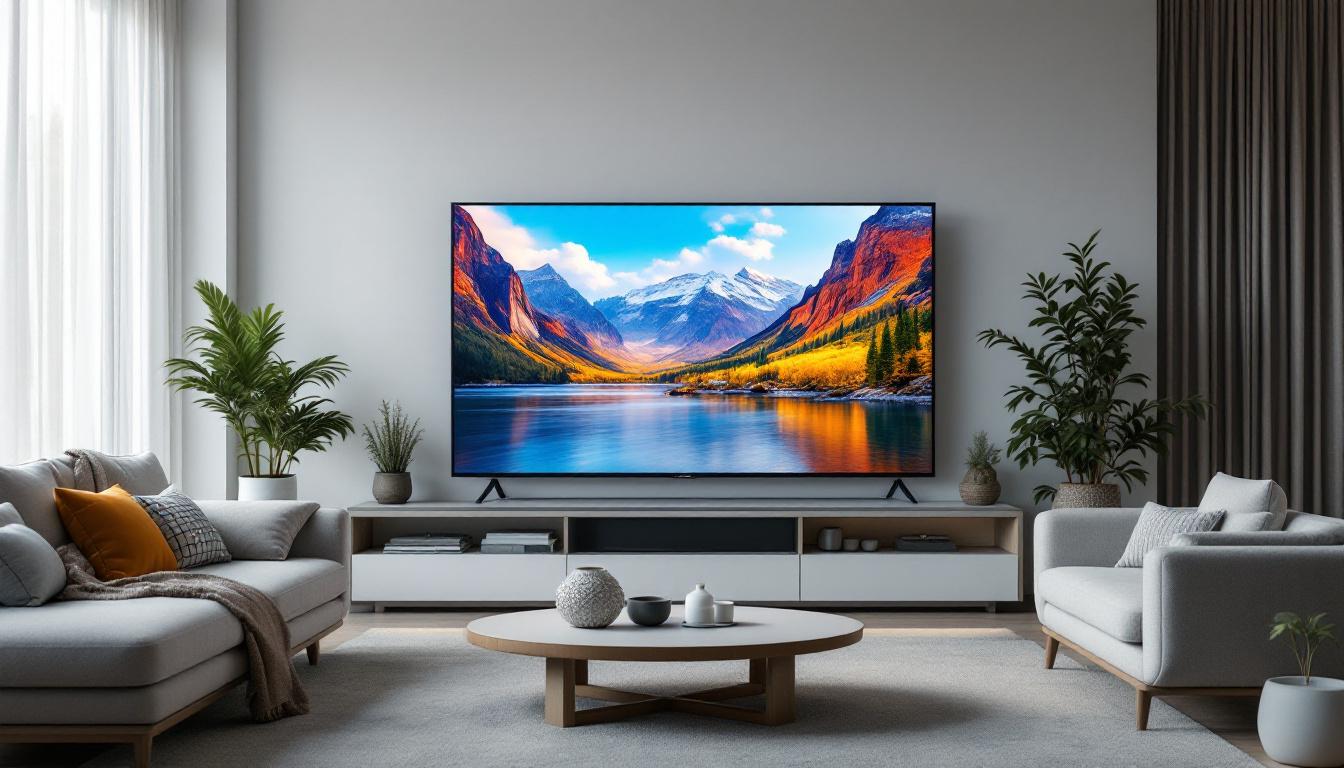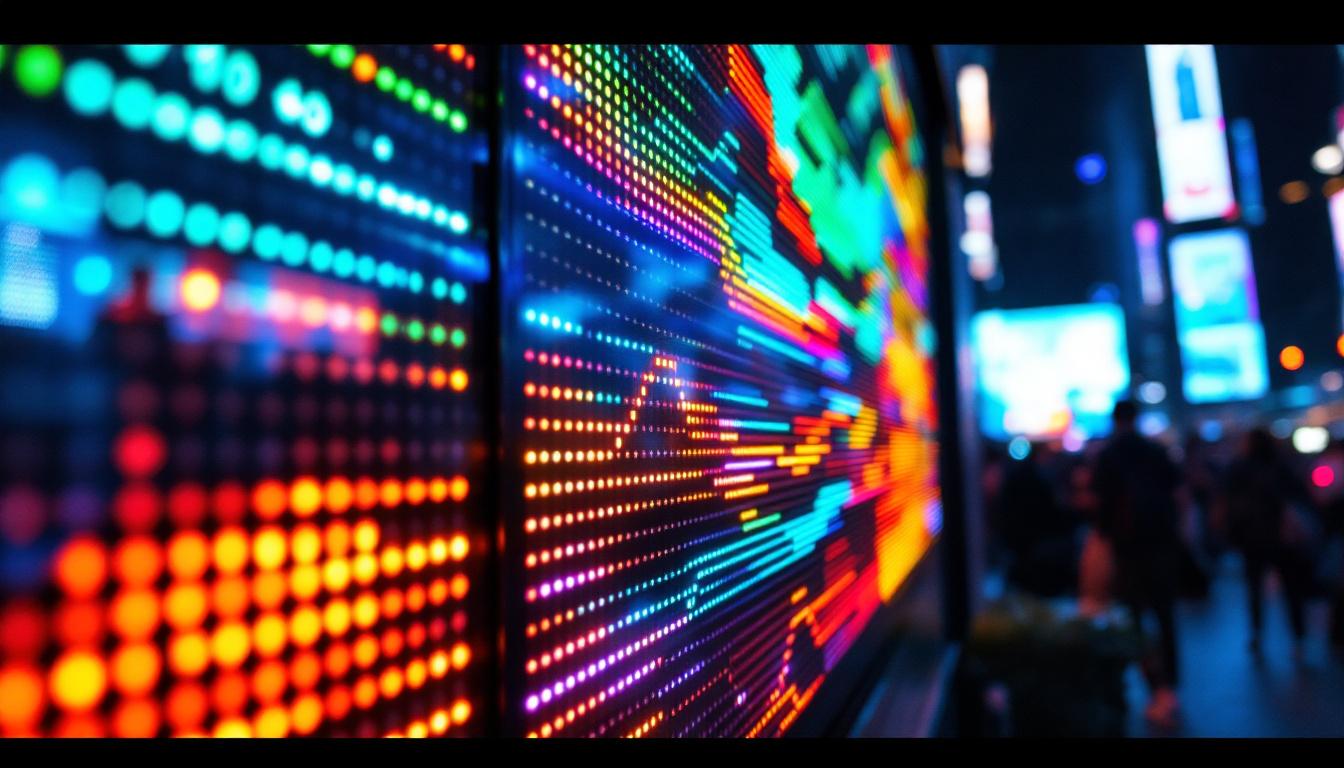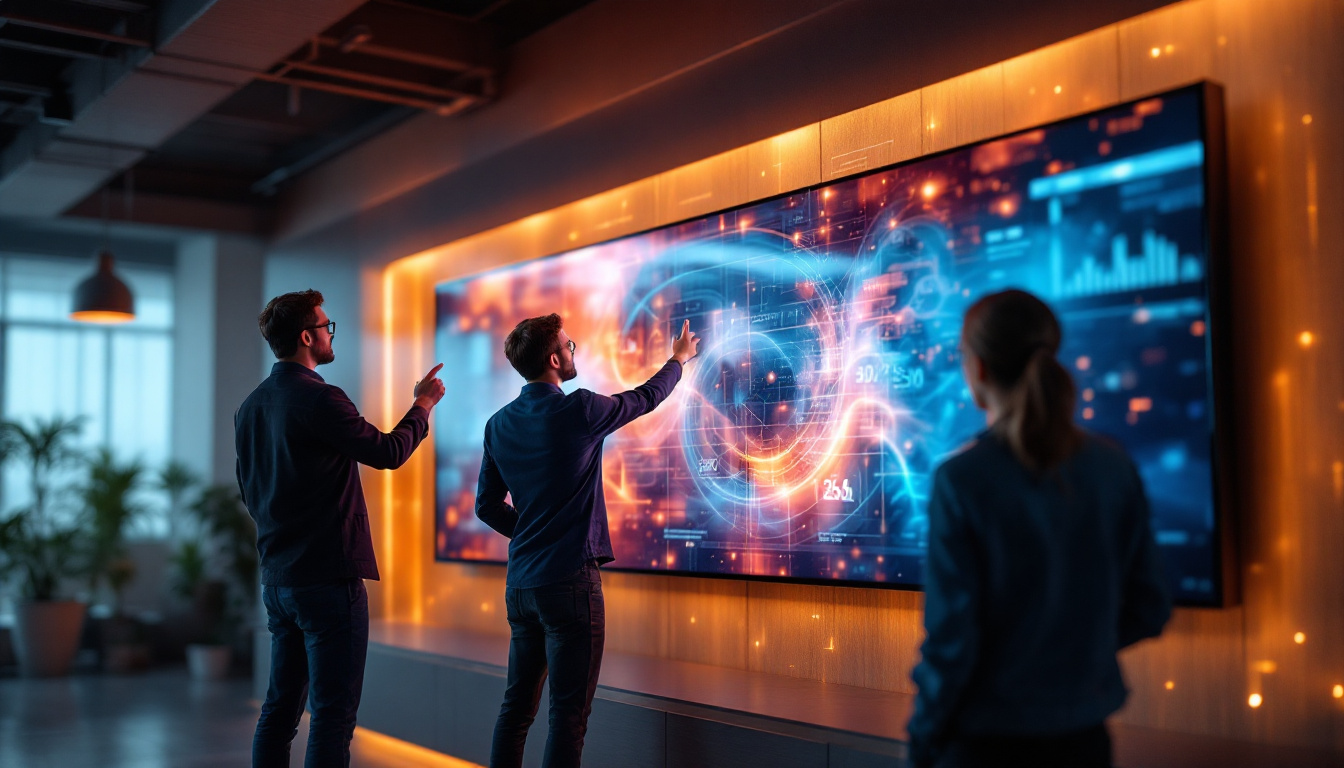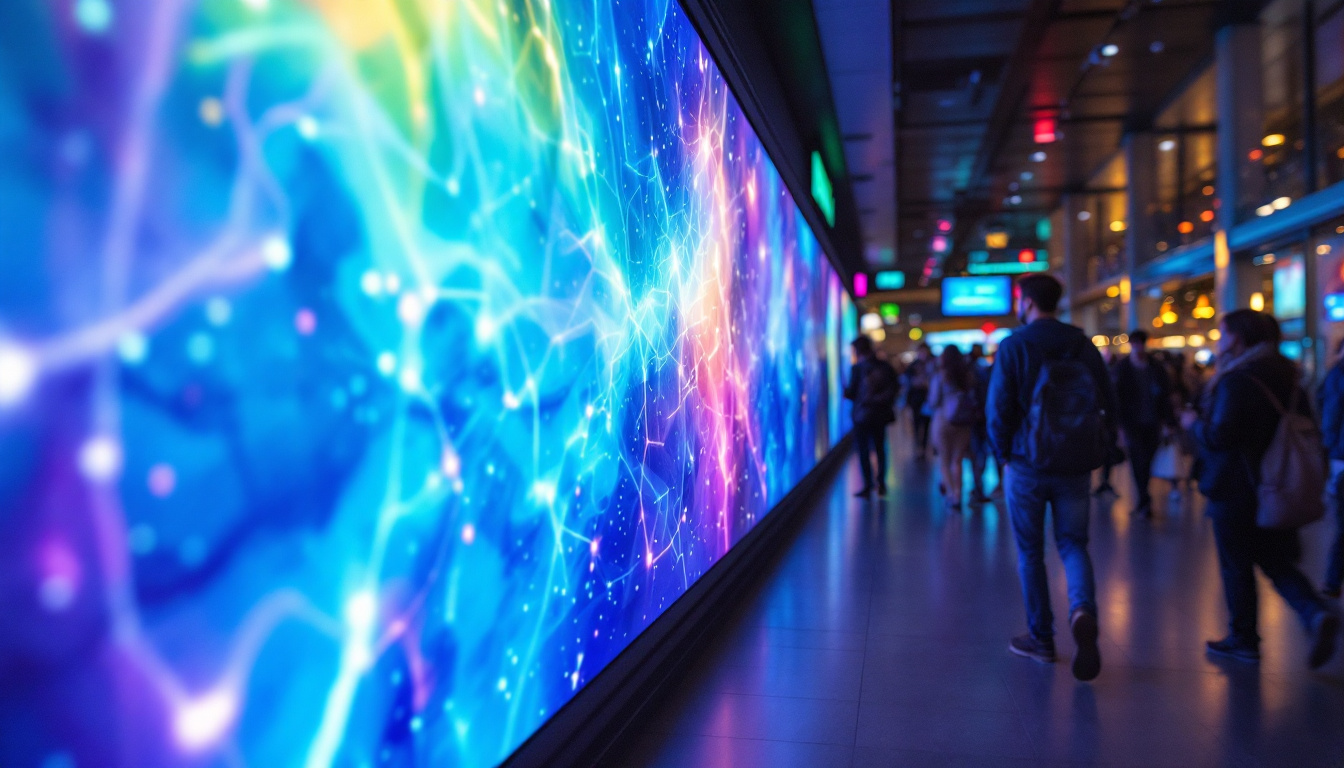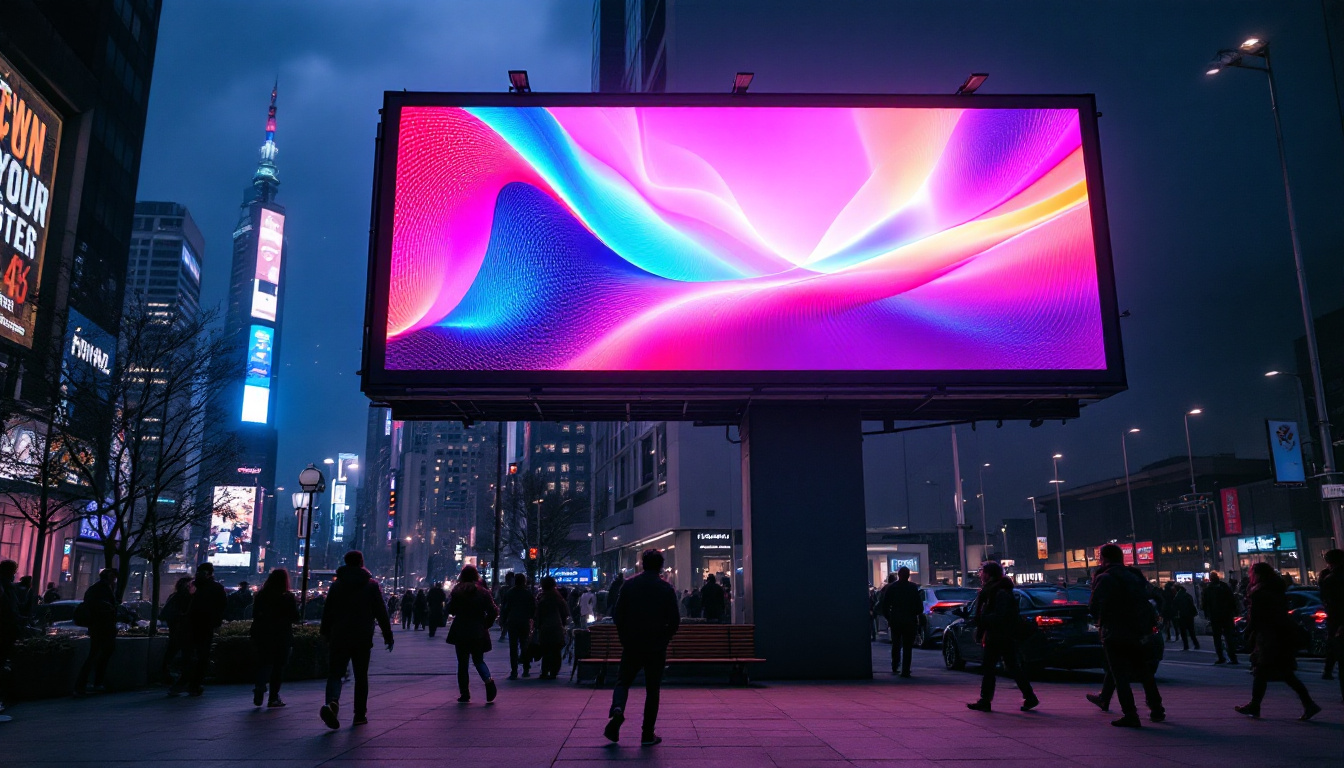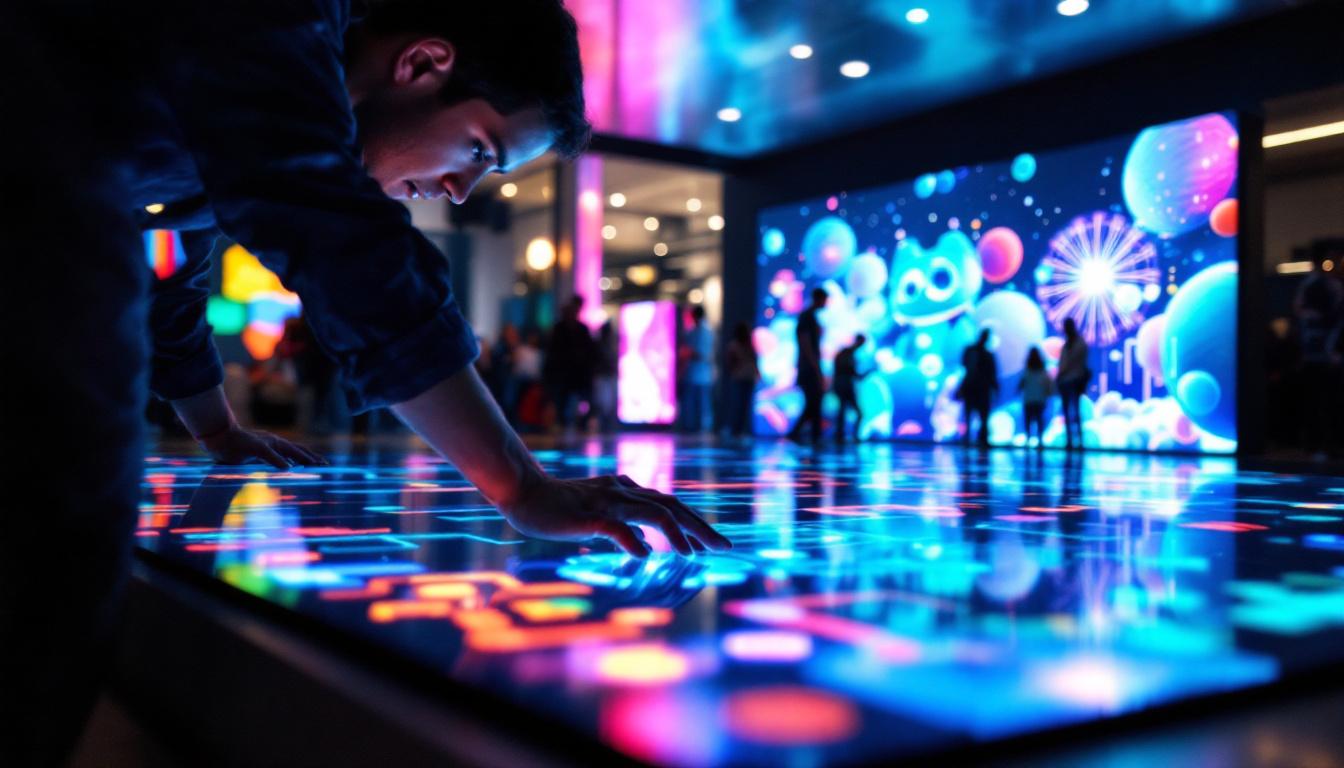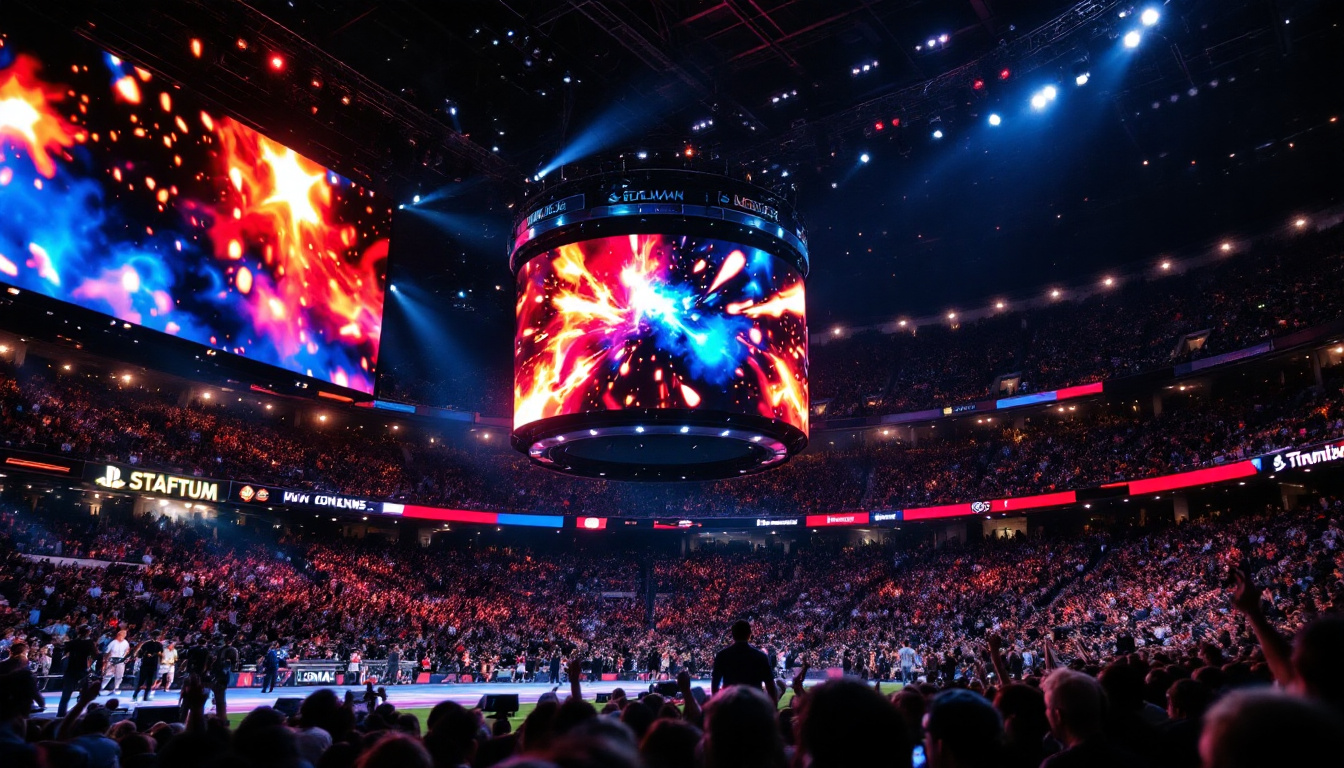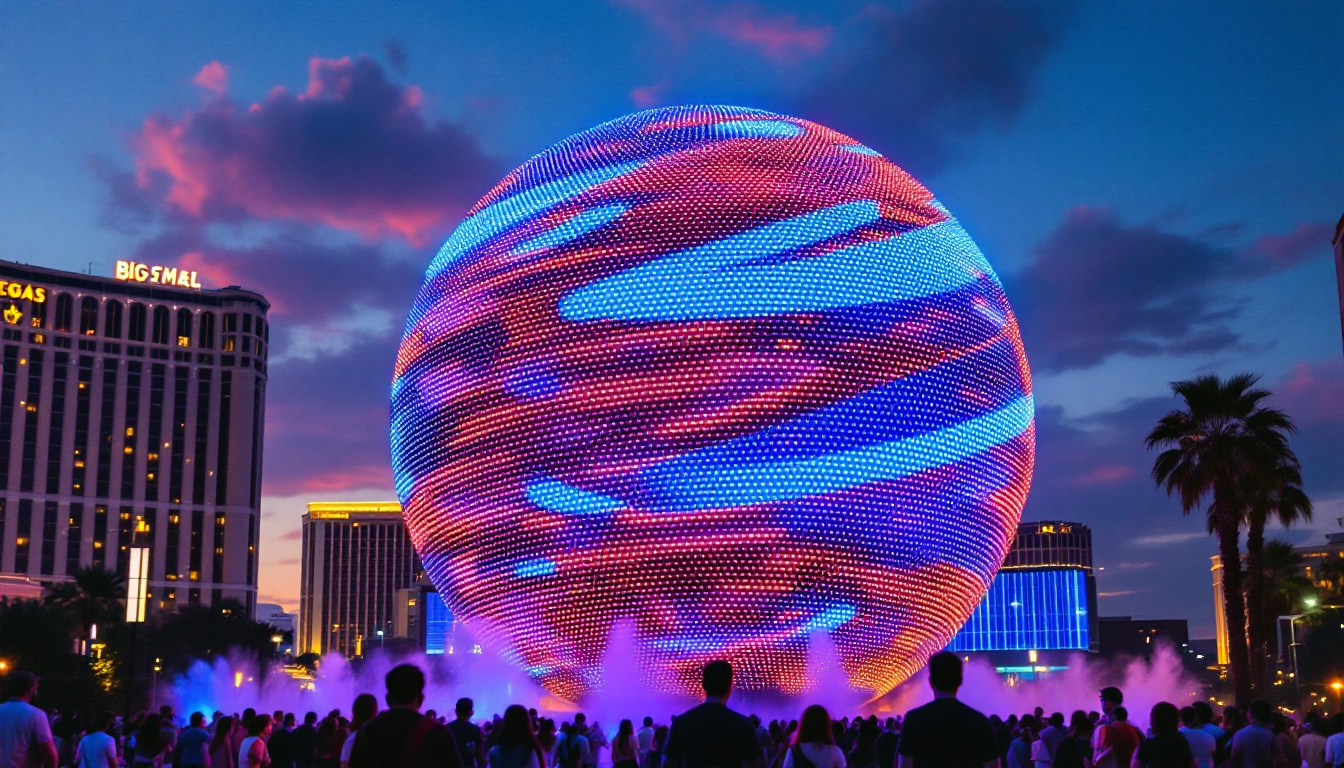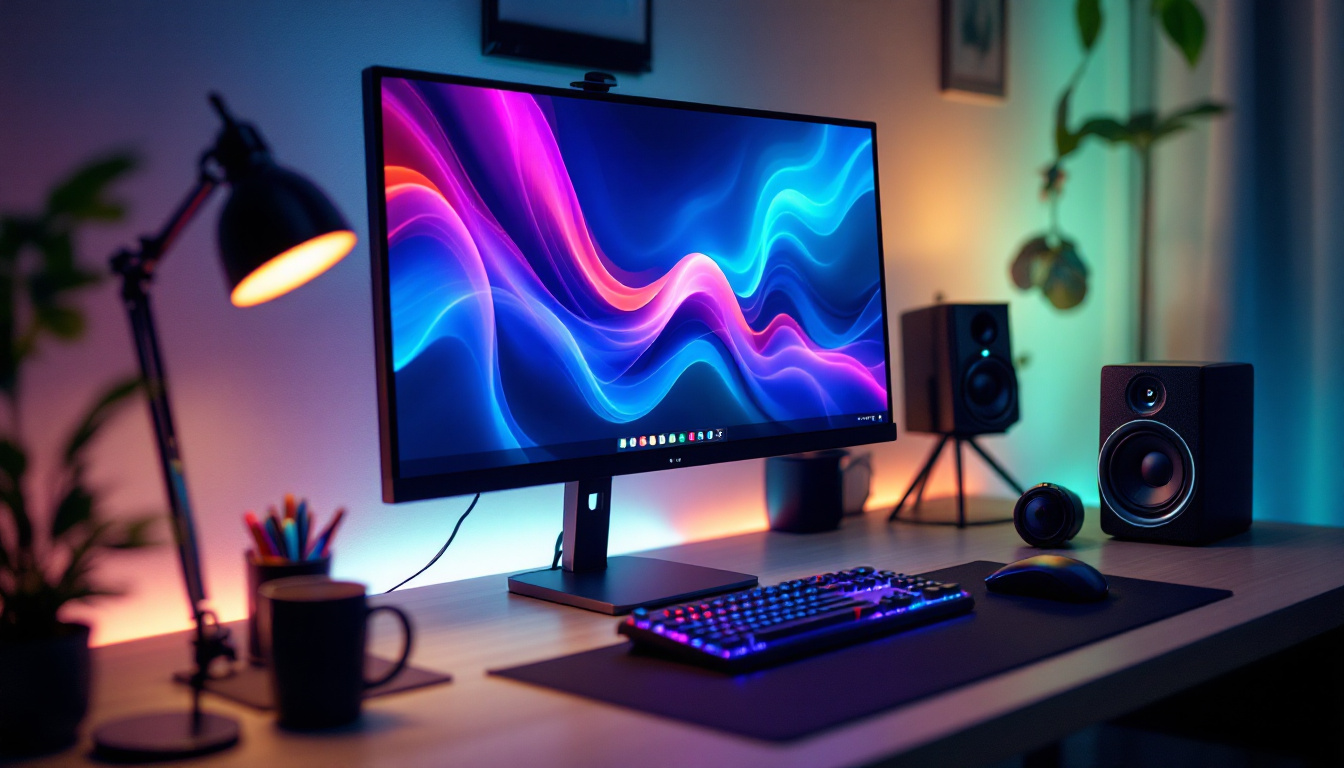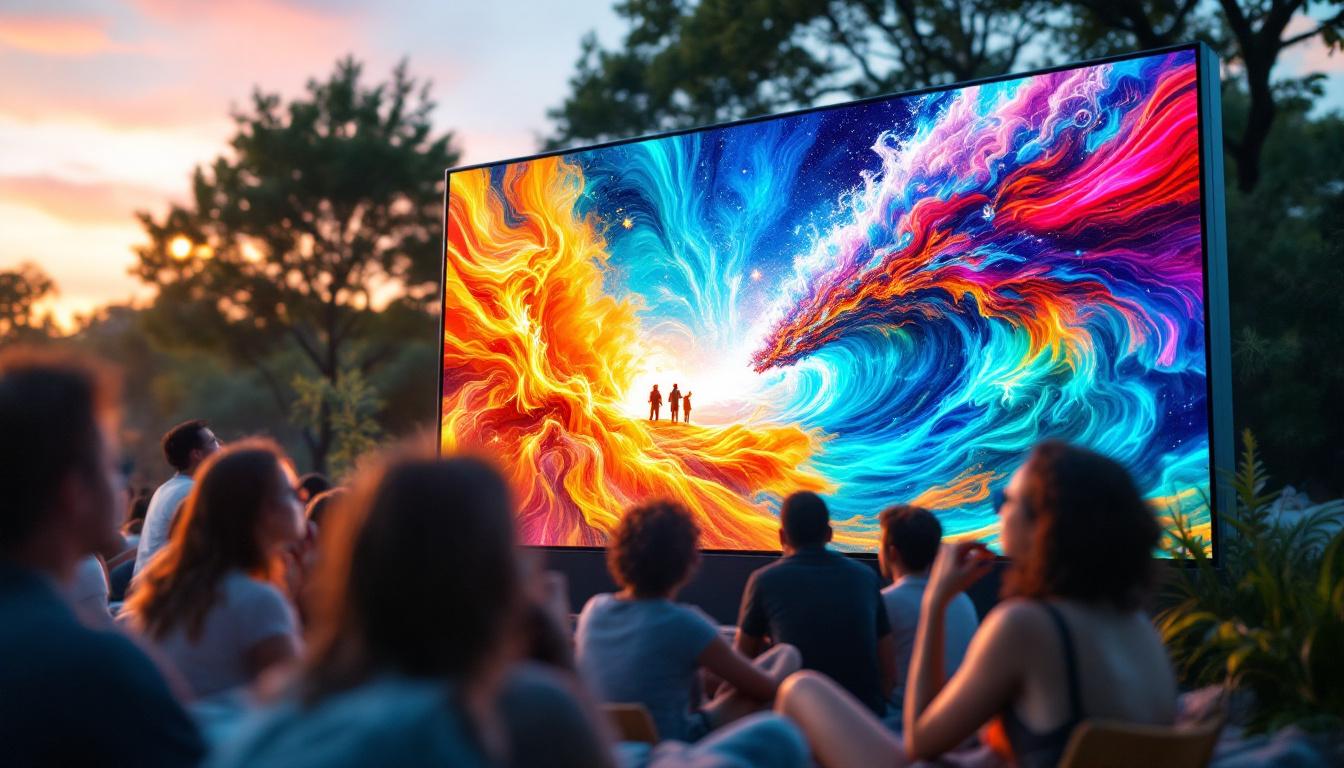In the modern world, LED displays have become ubiquitous, transforming the way information is presented and consumed. From large outdoor billboards to small handheld devices, LED technology is at the forefront of visual communication. This article delves into the intricacies of LED displays, exploring their components, types, applications, and the advantages they offer over traditional display technologies.
Understanding LED Technology
Light Emitting Diodes (LEDs) are semiconductor devices that emit light when an electric current passes through them. This technology has revolutionized the display industry, providing brighter, more energy-efficient, and longer-lasting options compared to conventional incandescent bulbs or LCD screens. The widespread adoption of LEDs has not only transformed consumer electronics but has also led to significant advancements in various fields, including automotive lighting, architectural illumination, and even horticulture, where specialized LEDs are used to promote plant growth.
The Basics of LED Functionality
At its core, an LED works by electroluminescence, where a material emits light in response to an electric current. The primary components include a p-n junction, where positive and negative charge carriers recombine to produce photons. This process is highly efficient, resulting in minimal energy loss as heat, which is a significant advantage over traditional lighting methods. Additionally, the lifespan of an LED can exceed 25,000 hours, making them a cost-effective choice for both consumers and businesses. The durability of LEDs also means they are less prone to breakage compared to fragile incandescent bulbs, further enhancing their appeal in various environments.
Types of LEDs
LEDs come in various types, each tailored for specific applications. The most common types include:
- Standard LEDs: Typically used in indicator lights and displays.
- High-Power LEDs: Used in applications requiring significant brightness, such as automotive lighting.
- RGB LEDs: Capable of producing a wide range of colors by combining red, green, and blue light.
In addition to these, there are also specialty LEDs designed for unique uses. For instance, Ultraviolet (UV) LEDs are increasingly utilized in sterilization processes, as they can effectively kill bacteria and viruses. Moreover, there are also Organic LEDs (OLEDs), which are made from organic compounds and are known for their flexibility and ability to produce vibrant colors and deep blacks, making them popular in high-end displays. The versatility of LED technology continues to expand, with innovations leading to new applications in smart lighting systems that can be controlled via mobile devices, enhancing both convenience and energy savings.
Components of LED Displays
LED displays are composed of several critical components that work together to create vibrant images and videos. Understanding these components is essential for grasping how LED displays function.
Pixel Configuration
The fundamental building block of an LED display is the pixel, which is typically made up of multiple LEDs. Each pixel can be composed of red, green, and blue LEDs, allowing for a full spectrum of colors. The arrangement of these pixels determines the display’s resolution and overall image quality. Higher pixel density results in sharper images, making it crucial for applications like digital billboards and high-definition screens. Additionally, advancements in pixel technology, such as the introduction of microLEDs, are pushing the boundaries of resolution and color accuracy, paving the way for even more immersive visual experiences.
Driver Electronics
Driver electronics play a crucial role in controlling the LED display. These circuits manage the power supply and signal processing, ensuring that each pixel receives the correct amount of current and data. Advanced driver technology enables features such as dimming, color correction, and refresh rate adjustments, contributing to a more refined viewing experience. Furthermore, innovations in driver technology have led to the development of intelligent systems that can adapt to ambient lighting conditions, optimizing brightness and contrast for various environments. This adaptability not only enhances visual quality but also improves energy efficiency, making LED displays more sustainable.
Enclosure and Protection
The physical housing of an LED display is designed to protect the internal components from environmental factors. Outdoor displays, for instance, often feature weather-resistant enclosures that shield against rain, dust, and UV radiation. This durability is essential for maintaining performance and longevity in various settings. Additionally, many enclosures are designed with thermal management systems to dissipate heat generated by the LEDs, ensuring optimal operating temperatures. In urban settings, where vandalism and accidental impacts are concerns, some displays incorporate reinforced glass or shatterproof materials, further enhancing their resilience and reliability in public spaces.
Types of LED Displays
LED displays are categorized into several types based on their application and configuration. Each type serves unique purposes and is designed to meet specific user needs.
Indoor LED Displays
Indoor LED displays are commonly used in venues such as theaters, conference rooms, and retail spaces. These displays typically have a higher pixel density, resulting in sharper images viewed from closer distances. They are ideal for advertising, presentations, and entertainment.
Outdoor LED Displays
Outdoor LED displays are designed to withstand harsh weather conditions and are often used for billboards, sports arenas, and public information displays. These displays feature lower pixel density than indoor models, allowing for visibility from greater distances. The brightness levels are significantly higher to combat sunlight, ensuring clear visibility at all times.
Flexible LED Displays
Flexible LED displays represent a cutting-edge innovation in display technology. These displays can be bent and shaped to fit various surfaces, making them ideal for creative installations and unique advertising solutions. Their versatility opens up new possibilities for designers and marketers alike.
Applications of LED Displays
The versatility of LED displays allows them to be utilized in a wide range of applications across various industries. Their ability to deliver high-quality visuals makes them a preferred choice for many organizations.
Advertising and Marketing
One of the most prominent applications of LED displays is in advertising. Businesses leverage vibrant LED screens to capture the attention of potential customers. Digital billboards, storefront displays, and event signage are just a few examples of how LED technology is used to promote products and services effectively.
Entertainment and Events
In the entertainment industry, LED displays are essential for concerts, festivals, and sporting events. Large-scale video walls enhance the audience experience by providing dynamic visuals and real-time information. The ability to display high-resolution content in various lighting conditions makes LED displays a staple in live events.
Transportation and Public Information
LED displays are widely used in transportation systems for real-time information dissemination. Buses, trains, and airports utilize LED screens to provide updates on schedules, delays, and important announcements. Their visibility and reliability make them an ideal choice for public information systems.
Advantages of LED Displays
The rise of LED displays can be attributed to several advantages they offer over traditional display technologies. These benefits make them a popular choice for both consumers and businesses.
Energy Efficiency
One of the most significant advantages of LED displays is their energy efficiency. LEDs consume significantly less power than traditional lighting technologies, resulting in lower electricity bills and a reduced carbon footprint. This efficiency is particularly beneficial for large-scale installations where energy costs can be substantial.
Longevity and Durability
LED displays are known for their long lifespan, often lasting tens of thousands of hours. This durability reduces the need for frequent replacements, making them a cost-effective investment over time. Additionally, their robust construction allows them to withstand harsh environmental conditions, further extending their operational life.
High Brightness and Contrast
LED displays offer superior brightness and contrast levels, ensuring visibility even in direct sunlight. This characteristic is especially important for outdoor applications where traditional displays may struggle. The ability to produce vibrant colors and deep blacks enhances the overall viewing experience, making LED displays a preferred choice for many users.
Challenges and Considerations
While LED displays offer numerous advantages, there are also challenges and considerations that users should be aware of when implementing this technology.
Initial Costs
The initial investment for LED displays can be higher than traditional display technologies. However, the long-term savings in energy costs and maintenance often justify this expense. Businesses must weigh the upfront costs against the potential return on investment when considering LED displays.
Heat Management
LED displays generate heat during operation, which can affect performance and longevity if not managed properly. Adequate ventilation and cooling systems are essential to prevent overheating, especially in large installations. Proper heat management ensures optimal performance and extends the lifespan of the display.
Content Management
Managing content for LED displays requires specialized software and expertise. Businesses must invest in training or hire professionals to create and manage engaging content effectively. The dynamic nature of LED displays means that content must be regularly updated to maintain viewer interest.
The Future of LED Displays
The future of LED displays looks promising, with ongoing advancements in technology and applications. As the demand for high-quality visuals continues to grow, innovations in LED technology are expected to enhance performance and expand possibilities.
Integration with Smart Technology
As smart technology becomes more prevalent, LED displays are likely to integrate with IoT devices, allowing for real-time data sharing and interactive experiences. This integration will enable businesses to create more personalized and engaging content, further enhancing the effectiveness of LED displays.
Advancements in Resolution and Flexibility
Future developments in LED technology are expected to yield even higher resolutions, making displays sharper and more detailed. Additionally, advancements in flexible LED technology will allow for more creative and innovative installations, pushing the boundaries of traditional display formats.
Environmental Considerations
As sustainability becomes a priority for many industries, LED technology is evolving to become even more environmentally friendly. Efforts to reduce the environmental impact of manufacturing processes and improve recyclability will play a crucial role in the future of LED displays.
Conclusion
LED displays have transformed the landscape of visual communication, offering unparalleled advantages in brightness, energy efficiency, and versatility. As technology continues to evolve, the applications and capabilities of LED displays will only expand, making them an essential tool for businesses and organizations across various sectors. Understanding the intricacies of LED technology, its components, and its applications is crucial for anyone looking to leverage this powerful tool effectively.
In a world where visual engagement is paramount, LED displays stand out as a beacon of innovation, illuminating the path forward in digital communication.
Discover the Future of Visual Engagement with LumenMatrix
Ready to elevate your visual communication to the next level? Explore LumenMatrix’s comprehensive range of LED display solutions, where innovation meets excellence. From captivating Indoor LED Wall Displays to dynamic Outdoor LED Wall Displays, and from versatile Vehicle LED Displays to sleek LED Poster Displays, LumenMatrix is at the forefront of creating immersive visual experiences. Whether you’re looking to engage audiences with LED Sports Displays, transform spaces with Floor LED Displays, or customize your message with Custom LED Displays, LumenMatrix has the cutting-edge technology to bring your vision to life. Embrace the revolution in digital signage with our All-in-One LED Displays and LED Transparent Displays. Check out LumenMatrix LED Display Solutions today and join the myriad of businesses enhancing their brand visibility and audience engagement.

